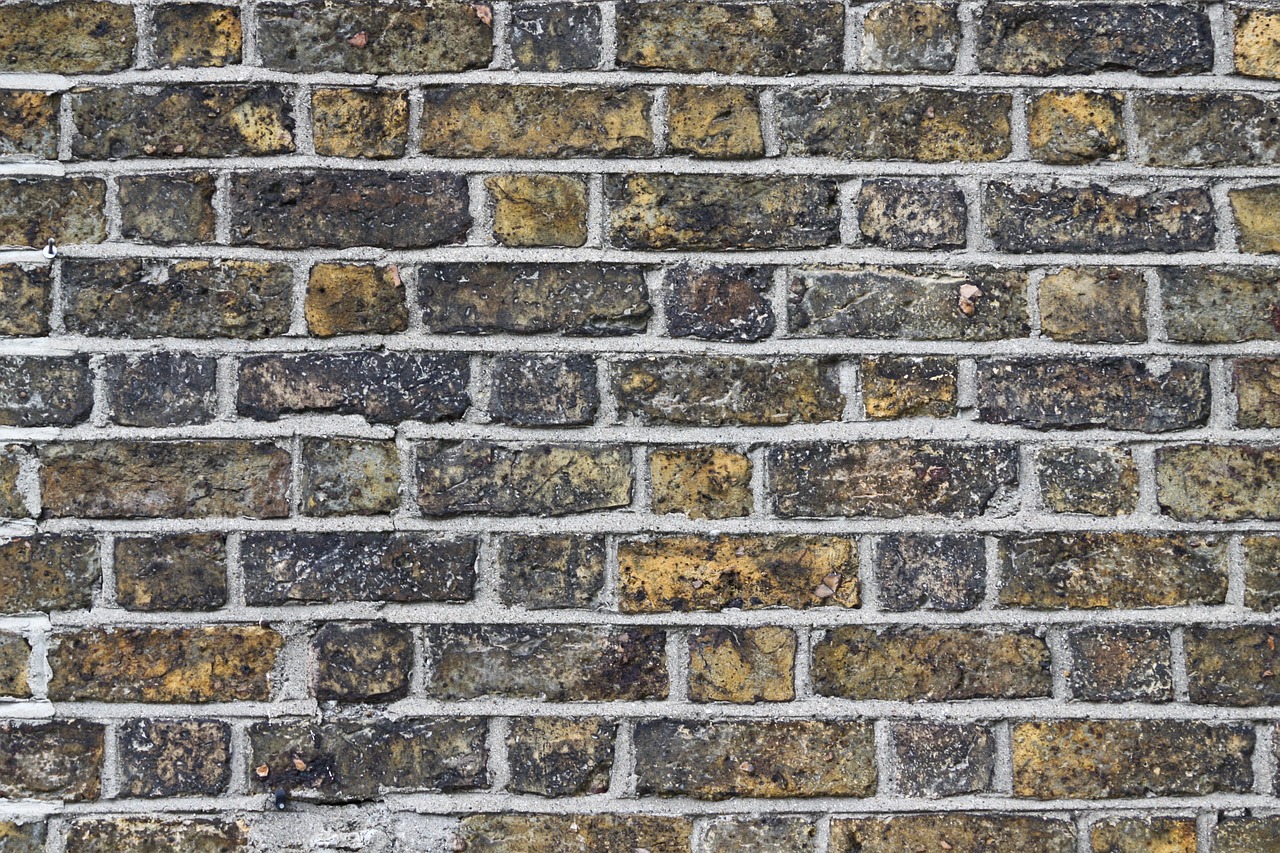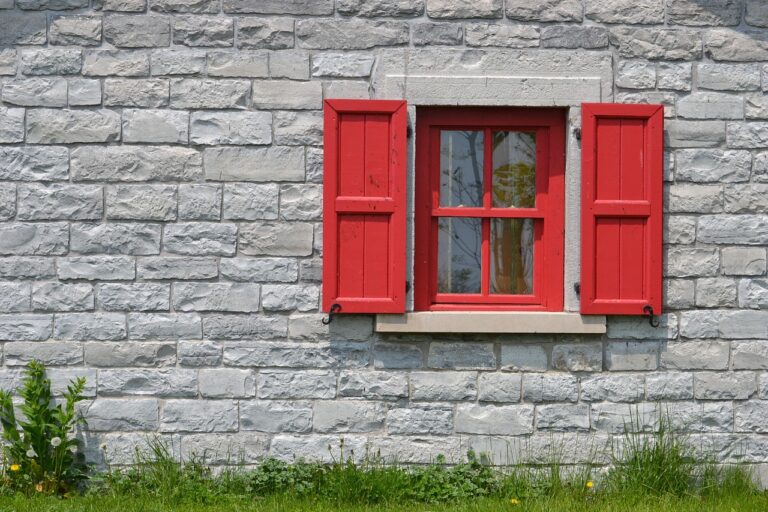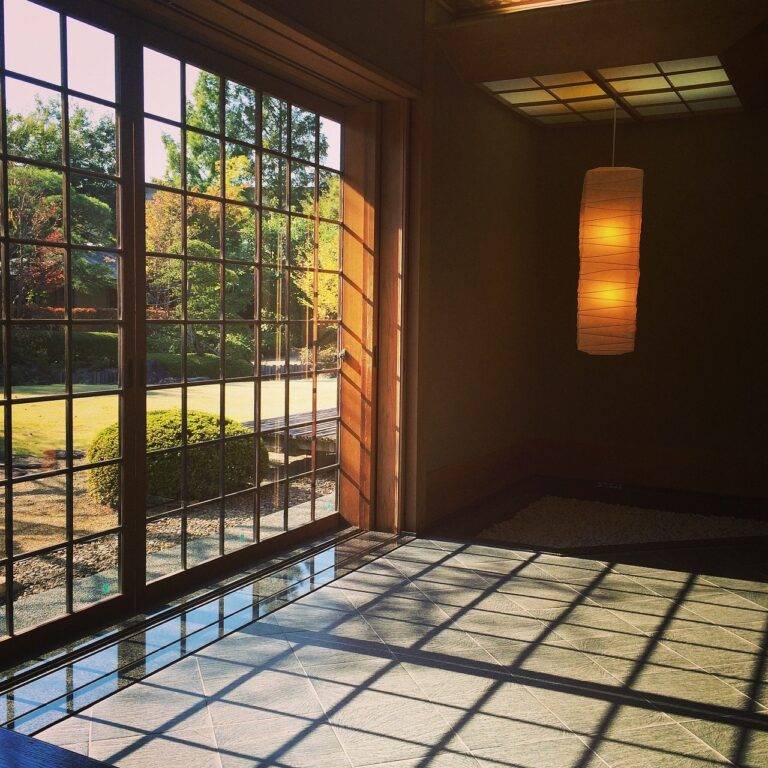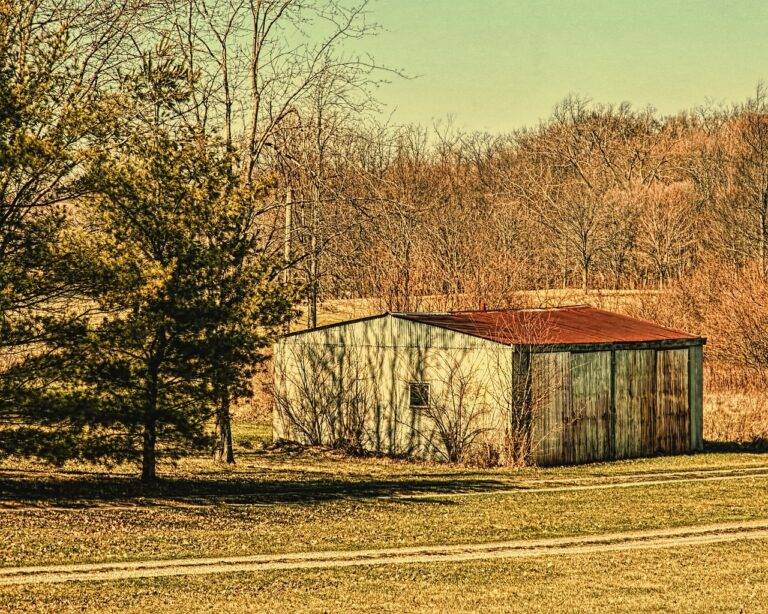Sustainable and Eco-Friendly Home Improvement Trends
When it comes to choosing flooring that is not only aesthetically pleasing but also environmentally friendly, there are a variety of options available for homeowners. Bamboo flooring is a popular choice due to its fast-growing nature and renewability, making it a sustainable alternative to traditional hardwood floors. Another eco-friendly option is cork flooring, which is derived from the bark of cork oak trees without harming their growth, making it a highly renewable resource.
For those looking for a more unique and eco-conscious flooring choice, reclaimed wood flooring provides a beautiful and sustainable option. Reclaimed wood is salvaged from old buildings, barns, and other structures, giving it a rustic and distinctive appearance while also reducing the demand for new timber. Additionally, linoleum flooring made from natural materials such as linseed oil, wood flour, and cork dust is another eco-friendly choice that is durable, easy to maintain, and biodegradable.
Energy-Efficient Appliances and Lighting
When it comes to reducing your carbon footprint and saving on energy costs, investing in energy-efficient appliances and lighting is crucial. Upgrading old and inefficient appliances to new ENERGY STAR-rated models can significantly decrease your electricity consumption. These appliances are designed to operate more efficiently, using less energy while still delivering top-notch performance.
Similarly, swapping out traditional incandescent light bulbs for energy-saving LED or CFL bulbs can have a noticeable impact on your electricity bill. LED and CFL bulbs use a fraction of the energy that incandescent bulbs do and last much longer, making them a cost-effective and eco-friendly choice for your lighting needs. Making these simple changes in your home can lead to long-term savings and benefits for both the environment and your wallet.
Water-Saving Fixtures and Systems
Investing in water-saving fixtures and systems for your home can have a significant impact on both the environment and your utility bills. By opting for low-flow toilets, faucets, and showerheads, you can reduce your household’s water consumption without sacrificing performance. These fixtures are designed to limit water flow while still providing ample pressure, making them a practical and eco-friendly choice for any bathroom or kitchen.
Additionally, implementing a greywater recycling system can further enhance your water-saving efforts. Greywater systems collect water from sinks, showers, and laundry machines, treating it for reuse in tasks like irrigation or flushing toilets. This innovative solution not only conserves water but also reduces the strain on municipal water resources. By integrating these fixtures and systems into your home, you can reduce your environmental footprint and contribute to a more sustainable future.
What are some examples of water-saving fixtures?
Some examples of water-saving fixtures include low-flow toilets, low-flow showerheads, and aerators for faucets.
How do water-saving systems help reduce water consumption?
Water-saving systems such as rainwater harvesting systems and greywater recycling systems help reduce water consumption by utilizing alternative sources of water for non-potable uses.
Are water-saving fixtures and systems expensive to install?
While the initial cost of water-saving fixtures and systems may be higher than traditional fixtures, the long-term savings on water bills make them a worthwhile investment.
How can I ensure that water-saving fixtures and systems are properly maintained?
Regular maintenance and inspections by a professional plumber can help ensure that water-saving fixtures and systems are functioning properly and continue to save water efficiently.
Do water-saving fixtures and systems impact water pressure?
Water-saving fixtures and systems are designed to maintain adequate water pressure while reducing water consumption, so you can enjoy the same level of comfort with less water usage.







